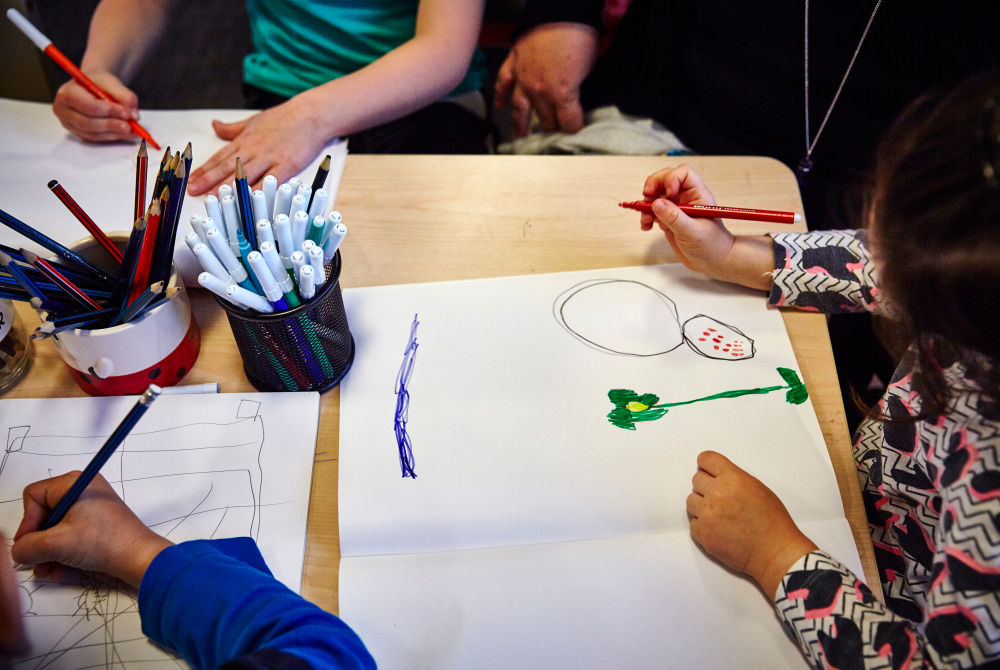More than a third of Australians live in a childcare desert: new report
Tues 22 March 2022 – A new report released today by the Mitchell Institute has revealed the true extent of the early learning crisis with more than a third of Australians (37%) living in a neighbourhood that’s a childcare desert.
In the Deserts and oases: How accessible is childcare in Australia? report, researchers measured the available childcare in more than 57,000 neighbourhoods across Australia and defined a ‘childcare desert’ as having less than one childcare place per three children in the local area.
The report also finds:
- Scarcity of early childhood education and care increases in regional and remote locations. About 30% of people living in major cities live in childcare deserts, compared with around 43% and 63% of people living in inner regional and outer regional areas and around 87% and 80% of people living in remote and outer remote neighbourhoods.
- A correlation between the socio-economic status of neighbourhoods and childcare access. There are more childcare places per child in neighbourhoods in the highest socio-economic decile compared to neighbourhoods in the lower 60% of socioeconomic status.
- Only about 12% of Australians live in a childcare oasis.
Thrive by Five Director Jay Weatherill said no Australian child should be living in a childcare desert in 2022.
“This new report has revealed that 37% of Australians live in a childcare desert, a clear indication the early childhood education and care system is broken,” he said.
“The size of a child’s brain reaches 90 per cent of an adult’s by the age of five. The evidence is overwhelming on the impact of good quality early learning in fuelling children’s development and giving them a great start in life.
“That’s why the findings of this Australian-first analysis on childcare deserts are so stark.
“It shows us childcare deserts are disproportionately located in rural, regional and remote areas and where there are higher proportions of children and families on lower income or below the poverty line.
“Early learning can be a great equaliser for children, helping them start formal learning on an equal par with other children.
“High-quality early learning also has a big impact on children from disadvantaged backgrounds as the education they receive provides the stimulation and development trigger that may not be readily available at home or surrounds.
“When there’s no affordable and accessible place for children to be educated, then parents have little to no option but to stay at home, with women still most likely to sacrifice work or hours.
“If people can’t fully participate in the workforce in childcare deserts then there are fewer teachers in our schools, fewer police on our streets, lower workforce participation for women and less economic activity.
“This is not just a report, it is a call to action for political leaders and our community.
“Australia needs universally accessible high-quality and affordable early learning for every child, regardless of their postcode or family circumstances.
“Children, women and families are struggling and they’re tired of waiting for relief. It’s time for early learning reform now,” he said.
The Deserts and oases: How accessible is childcare in Australia? report was commissioned by the Thrive by Five campaign.
Full report and interactive map available here:
https://www.vu.edu.au/mitchell-institute/early-learning/childcare-deserts-oases-how-accessible-is-childcare-in-australia

